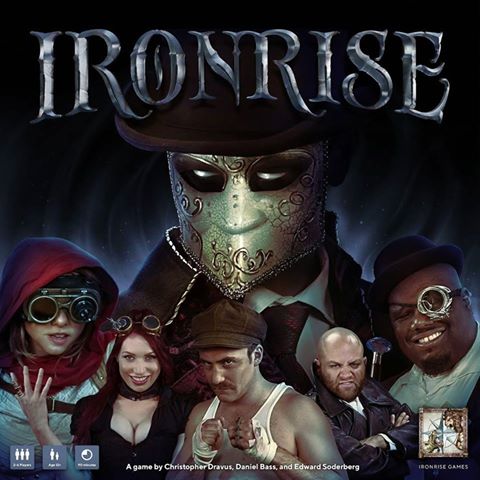Felamin
This colourful feline, while being an avid hunter, is regarded as the most popular pet.
While commonly seen in the cold, northern part of Orcerta it is possible to spot them in other parts as well. Unlike cats, who are most often held as a pet to eradicate Gliphern and rats, Felamine are widely regarded as a purely aesthetic, despite the fact that their hunting instinct is even more dominant.
The most special feature is their pattern, not only does it serve them as a camouflage in the wild, but it also changes colour based on the Saxum they ingest. Furthermore, wild Felamin are able to use the Saxum they ingest in a variety of different ways, domesticated ones aren't able to do that.
While commonly seen in the cold, northern part of Orcerta it is possible to spot them in other parts as well. Unlike cats, who are most often held as a pet to eradicate Gliphern and rats, Felamine are widely regarded as a purely aesthetic, despite the fact that their hunting instinct is even more dominant.
The most special feature is their pattern, not only does it serve them as a camouflage in the wild, but it also changes colour based on the Saxum they ingest. Furthermore, wild Felamin are able to use the Saxum they ingest in a variety of different ways, domesticated ones aren't able to do that.
Basic Information
Anatomy
Wild Felamin
The Felamin are, highly agile, quadrupedal felines.Felamin feature three most prominent traits.
Horns on their head, which they use to shovel snow away to reach the burrows of their prey in winter.
Their fur pattern which changes colour based on the Saxum they ingested.
And a claw on the backside of their paws which wild Felamin use to channel Saxum and use it.
Domesticated Felamin
The major differences between wild Felamin and domesticated ones are, that domesticated Felamin have smaller horns with less excrescences, as well as small to no Saxum-Claws.A current trend is to breed Felamin to develop certain kinds of patterns, even heart shaped ones have been seen.
Genetics and Reproduction
Felamine mate the muta before the Hie and give birth, to round about three children, shortly after it ends.
During the Hie, female Felamin stay in their burrow to nurse their offspring.
Meanwhile the males go out and hunt to feed the family.
Meanwhile the males go out and hunt to feed the family.
Growth Rate & Stages
Up until one year Felamin are regarded as kittens and have neither horns nor claws.
After that, their horns as well as claws start to grow and they are regarded as adolescent, this stage takes roughly two years to complete.
Once everything has grown to its full size and they became fertile, they are regarded as adults.
They live with their parents until they reach adulthood with round about three to four years. At this stage they get chased away by the parent of the same gender to prevent incestuos relationships.
After that, their horns as well as claws start to grow and they are regarded as adolescent, this stage takes roughly two years to complete.
Once everything has grown to its full size and they became fertile, they are regarded as adults.
They live with their parents until they reach adulthood with round about three to four years. At this stage they get chased away by the parent of the same gender to prevent incestuos relationships.
Ecology and Habitats
Felamine are mostly found in the colder, northern parts of orcerta but can be frequently spotted in other areas too.
This is mostly due to the domestication of these animals.
This is mostly due to the domestication of these animals.
Dietary Needs and Habits
Felamin mainly feed on smaller rodents but don't shy away to attack prey up to twice their size when in need.
In winter they dig up burrows of hiding or hibernating animals by using their horns.
In winter they dig up burrows of hiding or hibernating animals by using their horns.
Biological Cycle
When the Aesta starts the Felamin will be in heat, mate and gestate for two month.
normally they give birth to their young in the middle of the Aesta. The father and mother then take turns in caring for the kitten and hunting for food.
normally they give birth to their young in the middle of the Aesta. The father and mother then take turns in caring for the kitten and hunting for food.
Additional Information
Domestication
Felamin have been domesticated for around 100 years now. They are very independent and are prone to prawl around. A Felamin will always come back to its owner, it is very uncommon that one runs away.
People thought the horns and claws to be too dangerous to keep them as family pets and so, over the years, those traits slowly shrank in the process.
They are loved for their pattern and as such a wide variety of Feline has been bread with highly different patterns.
People thought the horns and claws to be too dangerous to keep them as family pets and so, over the years, those traits slowly shrank in the process.
They are loved for their pattern and as such a wide variety of Feline has been bread with highly different patterns.
Perception and Sensory Capabilities
Felamin are agile hunters who adapted to hunt in bright, snowy, environments as well as shady forests.
This is due to their very adaptable eyes which narrow their pupils for bright and widen them for dark environments.
This is due to their very adaptable eyes which narrow their pupils for bright and widen them for dark environments.
Lifespan
10 Years
Average Height
60 cm
Average Weight
13 Kg
Average Length
80 cm
Body Tint, Colouring and Marking
Grey to light brown fur
Pattern changes colour based on ingested Saxum
Pattern changes colour based on ingested Saxum




Dimitris seriously approves of this article.
World Anvil Founder & Chief Grease Monkey
Twitter | World Anvil Changelog
“No act of kindness, no matter how small, is ever wasted.” - Aesop